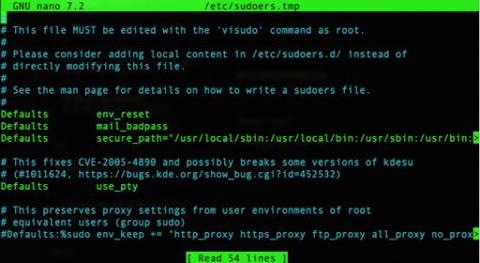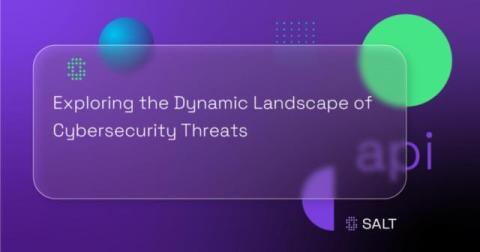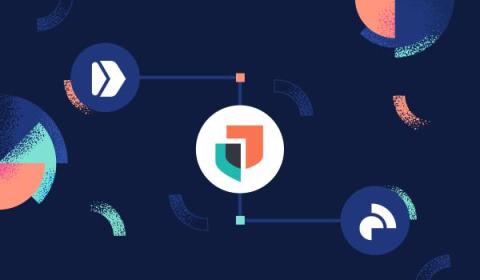How To Manage Sudo Users in Other Distributions: Guides on Similar Procedures for Different Linux Distributions
Jump to Tutorial Managing sudo users is one of the most important administrative tasks in any Linux distribution. This process allows a permitted user to run commands as the superuser or another user, defined through security policies. This reduces the potential security threat of having unprivileged users run any command on the system, and we can also audit executed commands or apply the least privilege principle.











